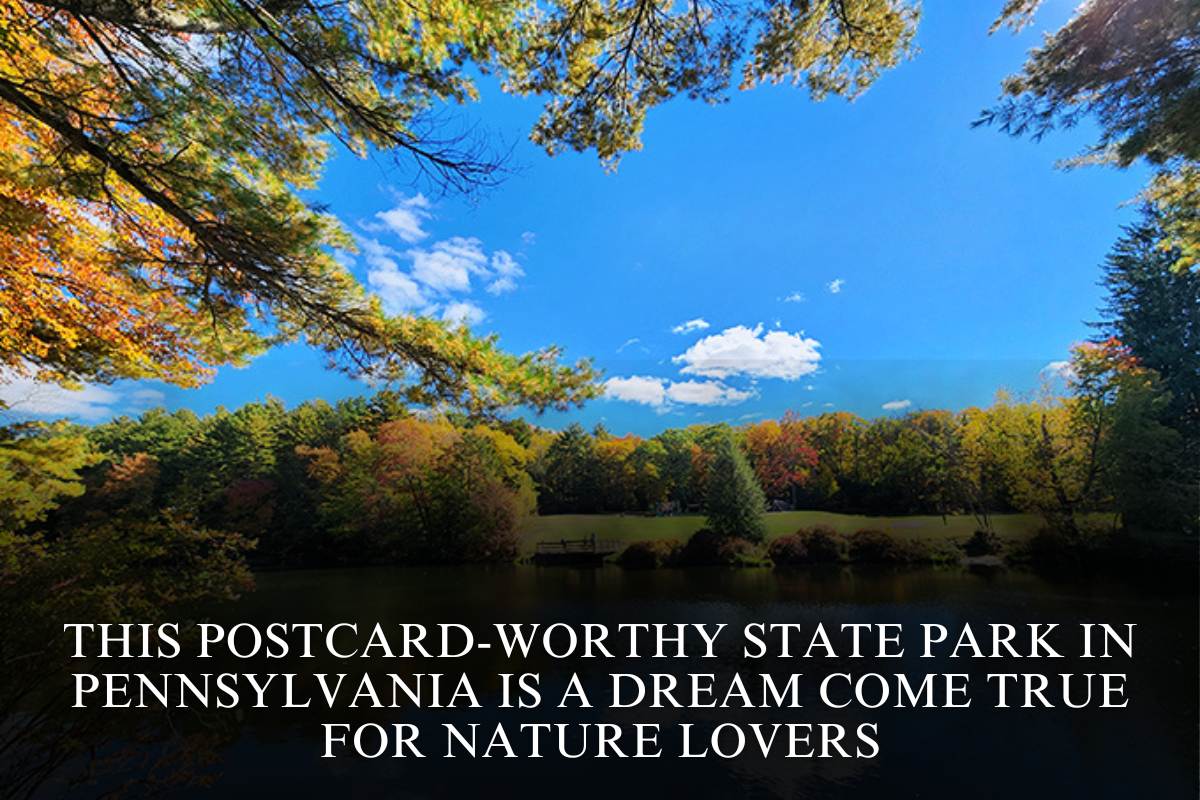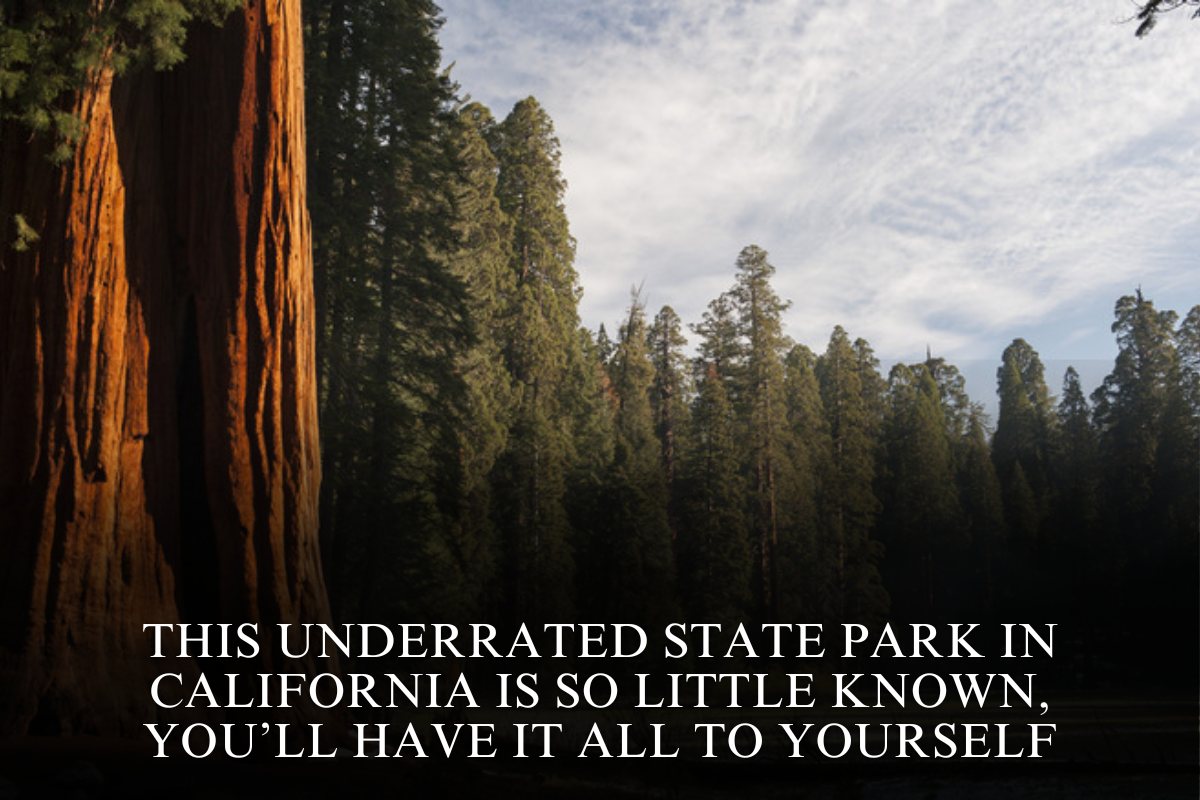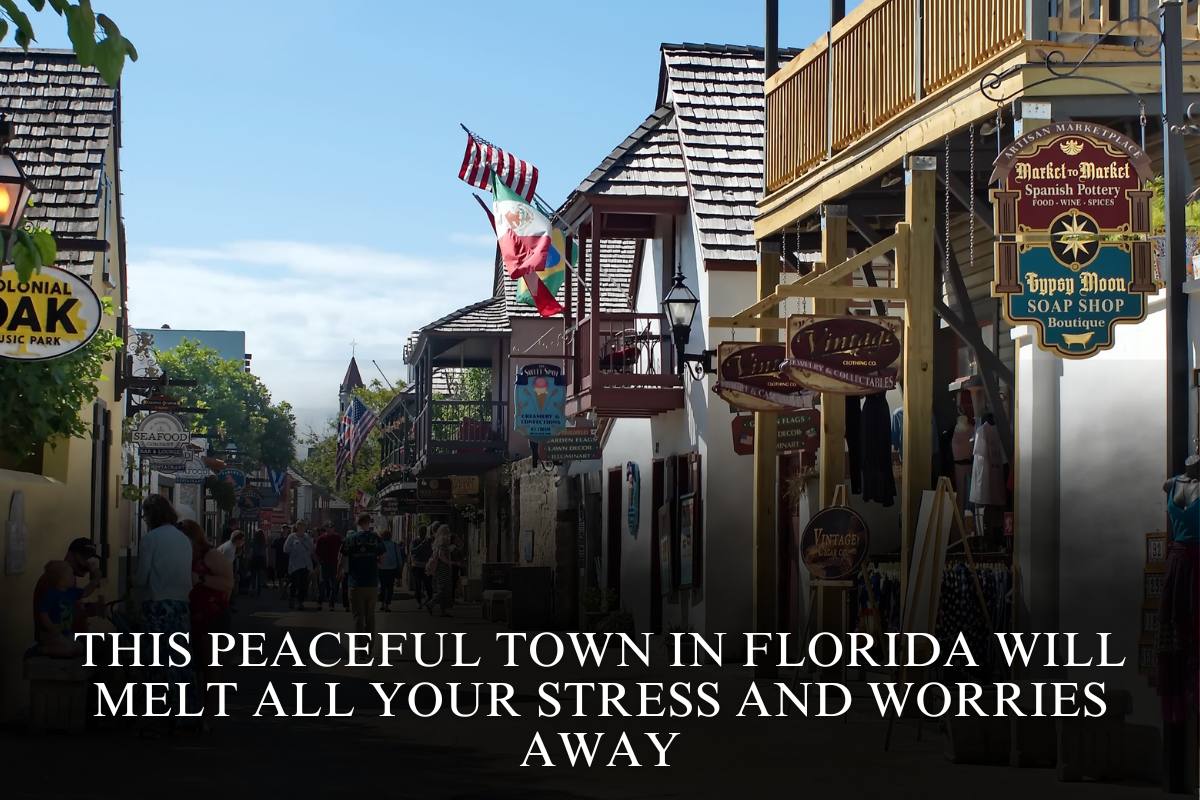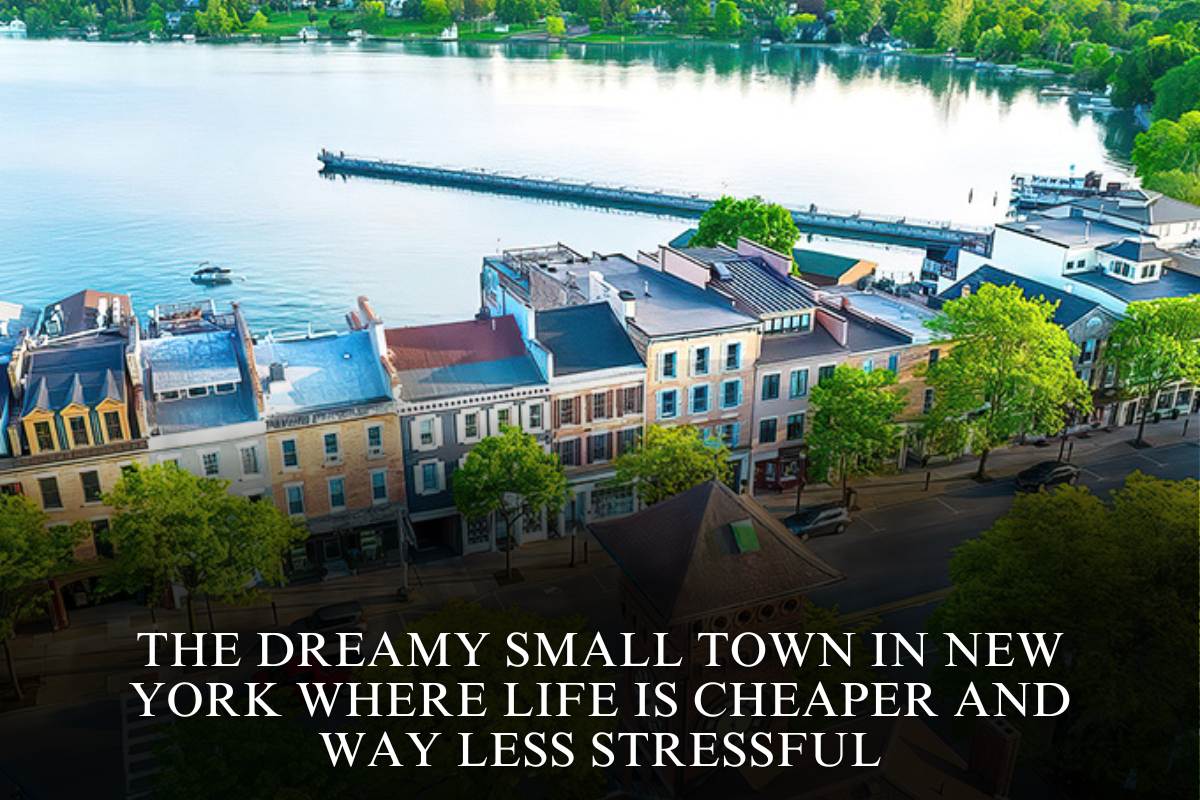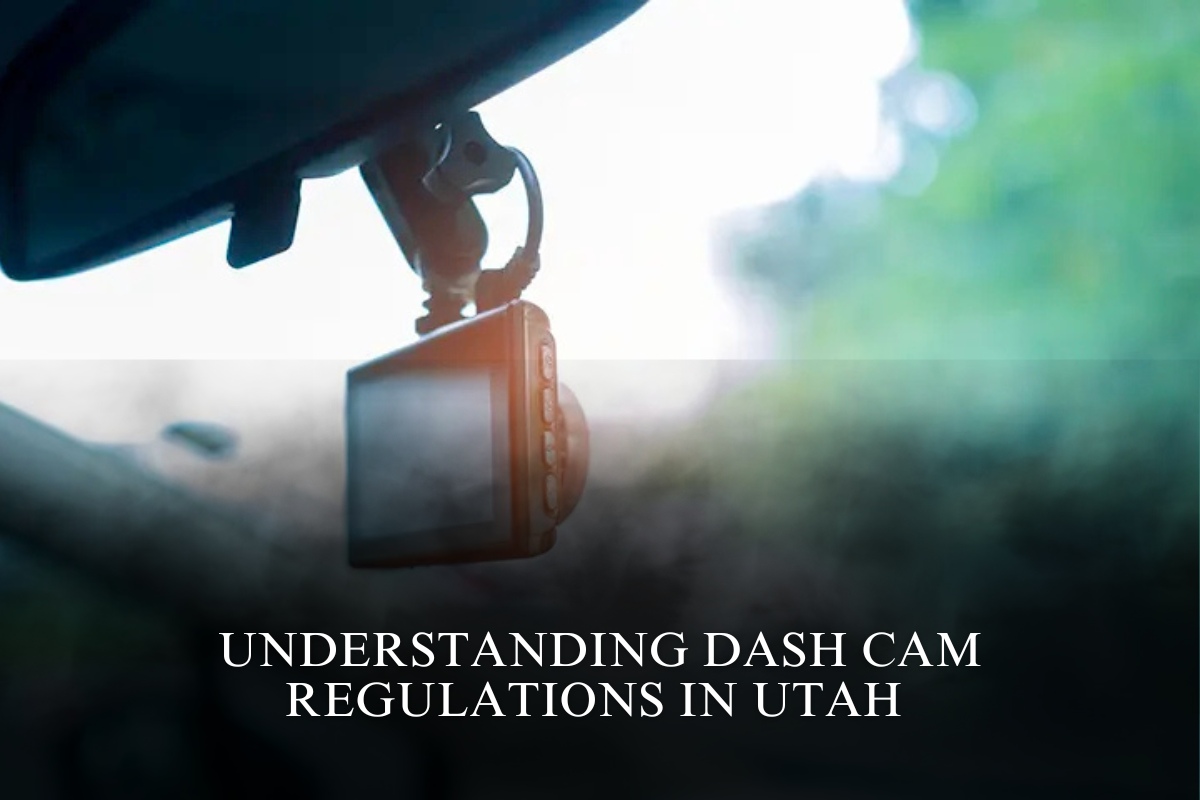South Dakota is known for its scenic beauty and iconic landmarks, but among its attractions, Jewel Cave National Monument stands out as one of the most dangerous tourist destinations in the state for 2025. While it captivates thousands of visitors each year with magical underground formations and extensive cave passages, Jewel Cave poses unique challenges and risks that have earned it this cautionary distinction.
The Allure of Jewel Cave National Monument
Jewel Cave, located near Custer in the Black Hills region, is the fifth-longest cave in the world, boasting more than 200 miles of mapped pathways. Visitors flock here to experience its dazzling calcite crystals, intricate formations, and the mysterious underground world far below South Dakota’s scenic hills.
Guided tours, including the popular Scenic Tour and the adventurous Lantern Tour led by guides dressed in 1930s attire, offer visitors immersive, otherworldly experiences illuminated by electric lights or lanterns.
Why Jewel Cave Is Considered Dangerous
Despite its breathtaking beauty and popularity, Jewel Cave’s complexity and environment contribute to its reputation as a dangerous tourist spot. The cave’s narrow, twisting passages and steep, slippery trails require visitors to be physically prepared and cautious.
Some tours involve crawling, climbing, and walking over uneven terrain, which can pose a risk of falls, injuries, or exhaustion, especially for those with limited mobility or health issues.
Moreover, cave environments naturally present hazards such as low oxygen levels, cold temperatures, and the potential for disorientation within the labyrinthine underground passages. Visitors must follow strict guidelines and remain with their guides at all times to avoid getting lost or injured.
The strenuous nature of the tours means that safety is paramount, and those not meeting physical requirements should avoid attempting the more challenging routes.
Other Risks Associated With Jewel Cave
Beyond the physical challenges of the cave itself, there are environmental concerns such as the fragility of the cave’s formations and the presence of bats—an essential part of the cave ecosystem but a species vulnerable to disturbances and diseases like white-nose syndrome.
Visitors are required to help protect these delicate conditions by following rules about touching formations and entering restricted areas.
Additionally, the remote location of Jewel Cave means emergency response times can be longer than in urban settings, making any accident or medical issue more critical. Proper preparation, following safety instructions, and listening to guides’ advice are crucial for safe visits.
Balancing Adventure and Caution
Jewel Cave National Monument remains a treasured attraction, rich with geological wonders and a testament to nature’s artistry. It is a must-visit for explorers and families seeking educational and thrilling experiences in South Dakota’s outdoor adventure scene.
However, those planning a visit should be aware of the inherent dangers and take precautions seriously. Physical fitness, appropriate footwear, adherence to guide instructions, and readiness for potentially challenging conditions are essential. This balance makes the cave exciting but also demands respect for its risks.
A Unique Yet Risky South Dakota Destination
In 2025, Jewel Cave National Monument epitomizes a tourist attraction that is both extraordinary and hazardous. Its underground adventure offers rare beauty and mystery but also necessitates caution and preparedness. Visitors drawn to the allure of South Dakota’s natural wonders should approach Jewel Cave with respect for its dangers to enjoy its magic safely and responsibly.
Sources
[1] https://hot1047.com/what-are-the-best-and-worst-tourist-attractions-in-south-dakota/
[2] https://www.safehome.org/safest-cities/sd/
[3] https://www.tripadvisor.in/Attractions-g28962-Activities-South_Dakota.html
[4] https://www.travelsouthdakota.com/trip-ideas/story/18-reasons-never-take-your-kids-south-dakotas-black-hills-badlands
[5] https://973kkrc.com/south-dakota-two-of-worst-tourist-traps/


